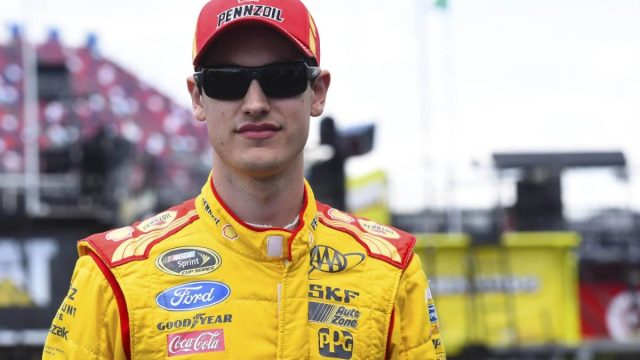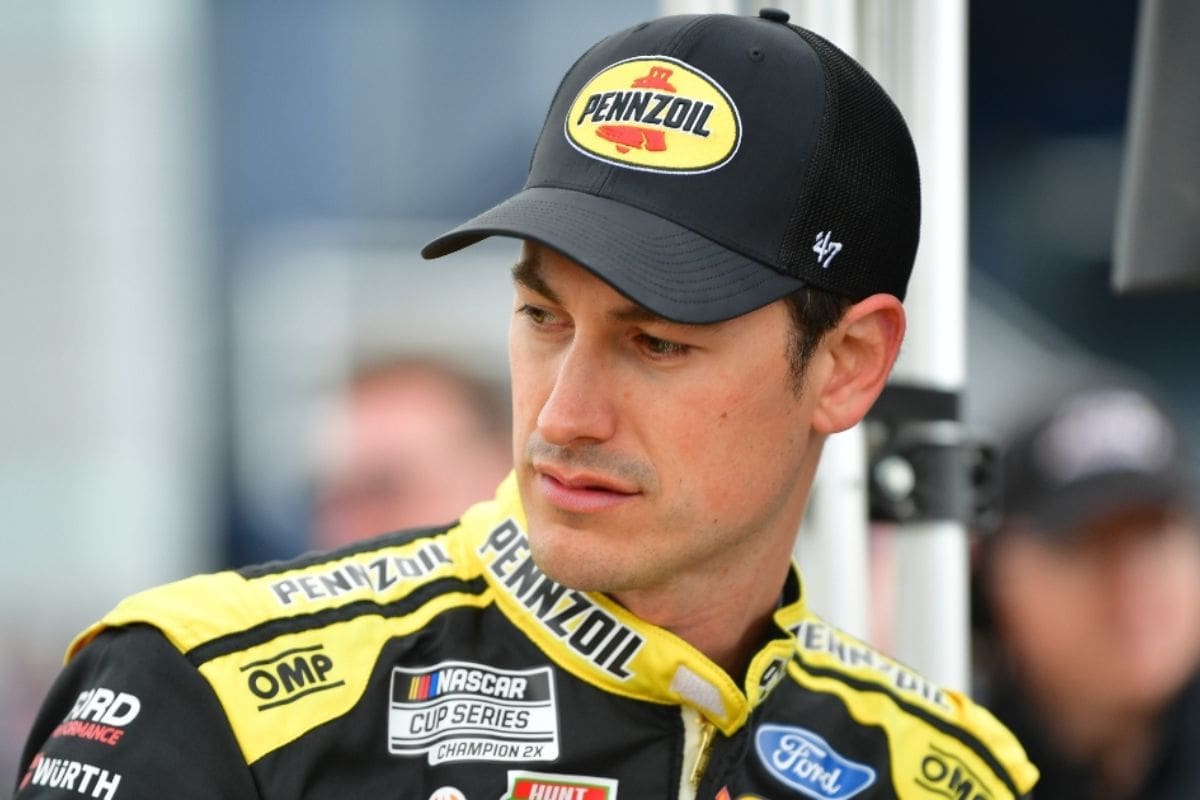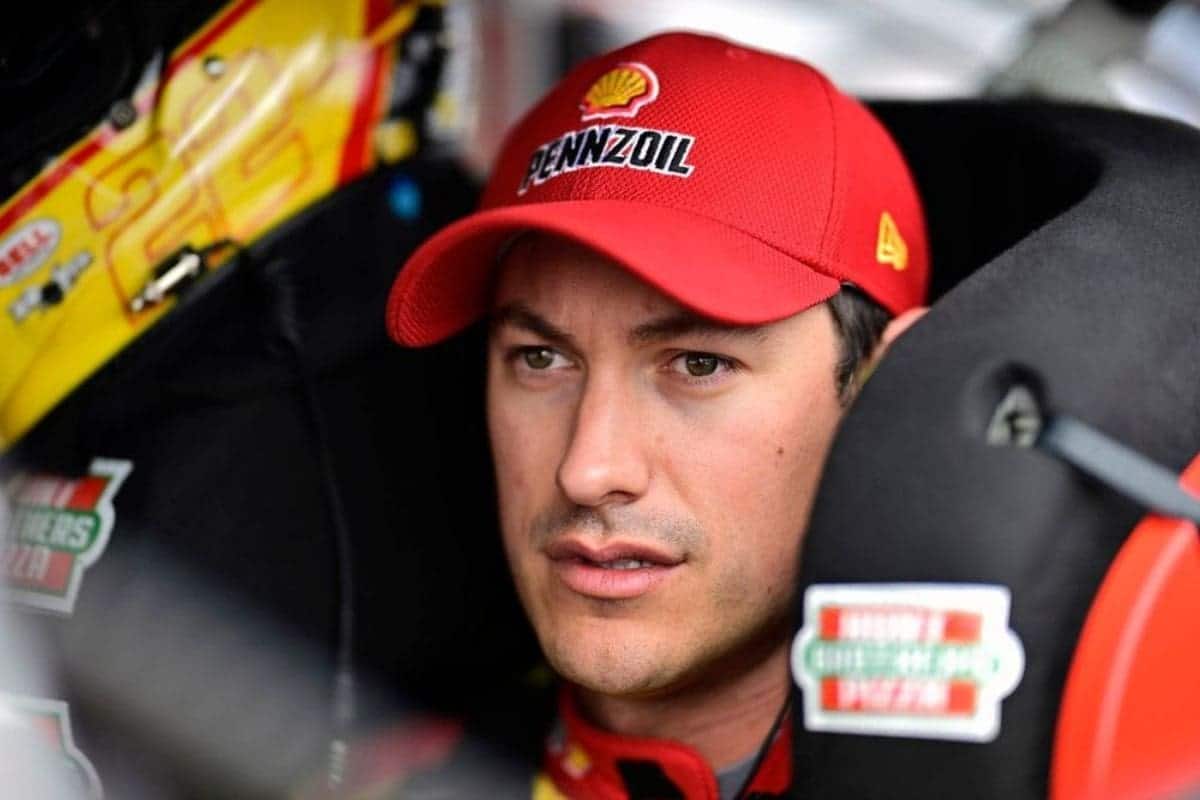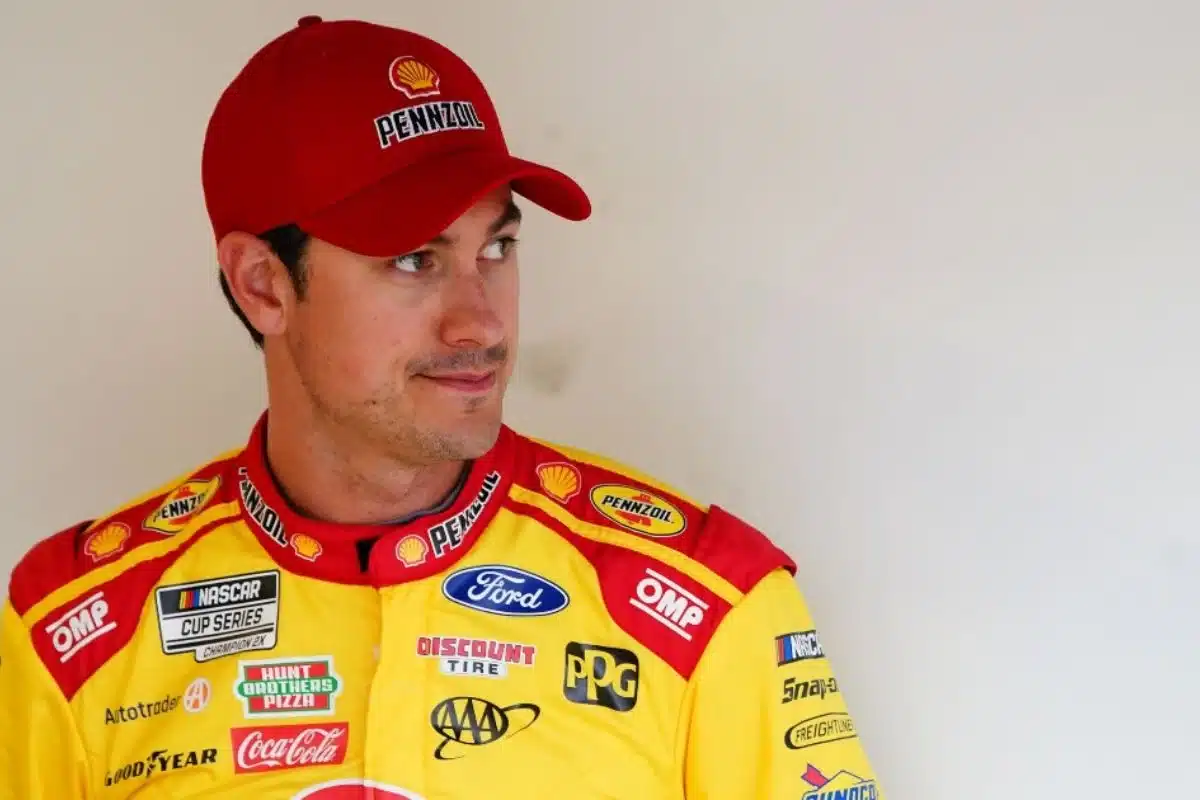Joey Logano Alerts Drivers: Joey Logano’s recent critique of NASCAR’s ‘parity’ model has reignited a complex debate within the motorsports community, touching on the delicate balance between ensuring competitive equity and preserving the essence of racing that champions skill and strategic acumen. By aligning with Denny Hamlin’s earlier criticisms, Logano highlights a growing concern among seasoned drivers: that the quest for parity might be diluting the very elements that define the sport’s allure. This controversy brings to light critical questions about the future direction of NASCAR, inviting a deeper examination of how these changes are reshaping the landscape of professional racing and what it means for the future of the sport.
Key Takeaways
- Joey Logano criticizes NASCAR’s parity racing for diminishing the impact of driver skill and strategy.
- Logano’s concerns align with Denny Hamlin’s criticisms following the Martinsville race.
- The parity model aims for equal competition but may reduce racing excitement and driver competitiveness.
- Recent performances, including a runner-up finish at Richmond, showcase Logano’s adaptability despite concerns.
- Logano urges a recalibration of the parity approach to preserve strategic elements in racing.
Martinsville Race Exposes Parity Racing’s Flaws
The recent Cup Series race at Martinsville Speedway cast a glaring spotlight on the inherent flaws of NASCAR’s parity racing approach, as voiced by prominent drivers like Denny Hamlin and Joey Logano, who lamented the diminished competition and excitement. This critique illuminates a critical issue facing the motorsports: the balance between guaranteeing a level playing field and maintaining the dynamic, unpredictable nature that has historically characterized racing at its best.
Parity racing, designed to equalize competition by minimizing the advantages that teams with larger budgets and resources might have, has apparently led to a more uniform field. On paper, this approach promises closer racing and, theoretically, a more exciting spectacle. However, the practical outcome, as evidenced by the recent race at Martinsville, suggests a different narrative. The drivers’ complaints suggest that trying to make everyone perform similarly actually takes away from the excitement it’s supposed to create.
Analyzing the implications of these grievances, it becomes apparent that the essence of racing—strategic ingenuity, technical innovation, and the sheer thrill of competition—is at risk of being overshadowed by a well-intentioned yet flawed execution of parity. The challenge for NASCAR lies in reassessing its approach to make certain that the quest for fairness does not sacrifice the unpredictability and competitiveness that are fundamental to the sport’s appeal.
Logano Joins Hamlin in Critique of Parity Racing
Amplifying the disagreement to NASCAR’s parity racing model, Joey Logano has recently articulated his frustrations, aligning closely with Denny Hamlin’s critical perspective on how this approach stifles the traditional dynamics and strategic richness of short-track racing. Logano’s critique, much like Hamlin’s, highlights a growing concern among veteran drivers that the quest for parity is diluting the elements that have historically made NASCAR racing challenging and enthralling.
“My car doesn’t have to change at all, my car can drive exactly the same as it was when it was 8th place or when we were in the lead. It’s the little, little things and over the course of 400 laps, that’s all it was.”
“You go from lap 1, there no like save your brakes, save your this, save your that. Like the spots going to matter because you’re not getting them back, we weren’t getting em back,”-(Joey Logano)
Logano and Hamlin’s shared viewpoint brings to light a fundamental discord between the intentions of the parity model and the organic competitive hierarchies that have naturally arisen in the sport over decades. Their criticisms suggest that in its current iteration, the model may be diminishing the very essence of what has traditionally made NASCAR racing a deeply strategic and skill-driven competition.
Short-Track Package Receives Mixed Reviews
NASCAR’s introduction of the new short-track package at Phoenix this season has indicated a spectrum of reactions from drivers, many of whom argue that it falls short of enhancing the excitement of the races. This sentiment stems from the anticipation that the package would revive racing dynamics, particularly after the positive reception of Bristol’s return to a concrete surface. However, subsequent events at Richmond and Martinsville have not lived up to expectations, leading to a broader discussion about the effectiveness of the package in delivering the intended thrilling race experience.
- Expectation vs. Reality: The anticipation of a more dynamic and competitive racing environment has not been fully realized, as evidenced by the less-than-stellar racing action observed at Richmond and Martinsville. This discrepancy has fueled the debate on whether the package needs further adjustments.
- Driver Adaptability: Drivers have reported varying degrees of difficulty in adapting to the new package, with some expressing dissatisfaction over its impact on their traditional racing strategies and vehicle performance.
- Fan Reception: While the package was designed to increase the entertainment value for fans, feedback has been mixed. Some fans appreciate the attempt to innovate, while others feel that the changes have not notably improved the racing spectacle.
Logano’s Concerns and Recent Performances
Reflecting on the mixed reviews of NASCAR’s short-track package, Joey Logano’s recent concerns highlight the pressing need for adjustments to foster more competitive racing. Logano points out the diminished challenges in maintaining track position at short-track events, which, if unaddressed, could lead to a stagnation in the dynamic nature of NASCAR races. His critique is not without merit, as the essence of motorsports competition depends on the ability of drivers and teams to strategize and adapt to changing conditions on the track.
However, Logano’s recent performances suggest a silver lining amidst his concerns. With a runner-up finish at Richmond and a sixth-place finish at Martinsville, the #22 Penske team appears to be finding its rhythm within the constraints of the current package. These results are indicative of Logano’s resilience and adaptability, qualities that have defined his career. These outcomes not only highlight Logano’s competitive spirit but also hint at a potential turnaround for his season
Logano’s Playoff Aspirations and Season Outlook
Joey Logano’s recent rise in the driver standings, propelled by commendable finishes at Richmond and Martinsville, fuels his playoff ambitions and casts a promising light on the remainder of his season. Climbing five spots in the driver standings, Logano’s trajectory is an exemplar of resilience and strategic acumen, particularly after a challenging start to the season. His team’s optimism, highlighted by a noticeable momentum, suggests a redirected focus on securing a playoff spot through a victory in the upcoming races.
- Momentum Building: Logano’s recent finishes are not just points on the board; they represent a critical momentum shift for his team. This momentum is essential in NASCAR, where psychological and mechanical confidence can dictate the pace and strategy of subsequent races.
- Strategic Implications: The climb in standings provides Logano and his team with strategic leverage. They can now approach upcoming races with a mix of aggressive tactics and conservative plays, depending on track characteristics and competitor performance.
- Playoff Positioning: Every race leading up to the playoffs is an opportunity for Logano to solidify his standings or potentially secure a win to guarantee his playoff spot. This urgency adds an exciting dynamic to his race strategy, compelling him to balance risk and reward meticulously.
News in Brief
The discussion initiated by Joey Logano regarding NASCAR’s parity model has highlighted critical issues within the sport, particularly affecting race strategy and the evident role of driver skill.
This emerging critique, shared by prominent drivers, emphasizes the need for NASCAR to reassess its competitive framework to safeguard the sport’s dynamic nature and strategic depth.
The challenge lies in striking a perfect balance between competitive parity and the preservation of racing’s core elements of skill and strategic acumen, ensuring the sport’s long-term vibrancy and appeal.
Our Reader’s Queries
Q. What happened to Logano in NASCAR?
A. At Lap 204, a crash disrupted the Sunday NASCAR Cup Series race at Phoenix Raceway, forcing three-time Phoenix winner Joey Logano to retire early. Logano, who was competing in the Shriners Children’s 500, found himself positioned outside the top 20 when contact from John Hunter Nemechek’s No. 42 Toyota resulted in damage to Logano’s car.
Q. Why did NASCAR penalize Joey Logano?
A. NASCAR levied a $10,000 fine against Penske Racing’s Joey Logano on Wednesday. This penalty came shortly after the Cup Series driver received a sanction for utilizing an unauthorized left-handed webbed racing glove during qualifying at the Ambetter Health 400 held at Atlanta Motor Speedway.
Q. What is Joey Logano known for?
A. Born on May 24, 1990, Joseph Thomas Logano is an American professional stock car racing driver. He’s a full-time contender in the NASCAR Cup Series, piloting the No. 22 Ford Mustang Dark Horse for Team Penske.
Q. How fast is Joey Logano?
A. During NASCAR Cup Series practice at Phoenix Raceway on Friday afternoon, Joey Logano of Team Penske clocked the fastest lap. Behind the wheel of the No. 22 Ford, Logano navigated the one-mile tri-oval track in 27.446 seconds, achieving a speed of 131.167 mph.
ALSO READ: Joey Logano Blasts Goodyear: Short Track Crisis Deepens



